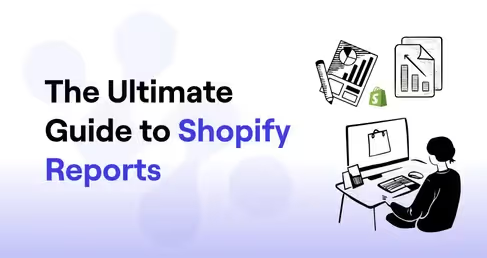What is eCommerce Analytics
eCommerce analytics is the process of collecting, analyzing, and interpreting data from an online store to make informed business decisions. This data can come from a variety of sources, including website traffic, customer behavior, sales data, and more. By analyzing this data, eCommerce businesses can gain insights into how their store is performing, identify areas for improvement, and make data-driven decisions to optimize their online sales and marketing efforts.
There are a wide range of tools and techniques that can be used for eCommerce analytics, including web analytics platforms, customer data platforms, and business intelligence software. Some common metrics that eCommerce businesses might track include website traffic, conversion rates, average order value, ecommerce customer lifetime value, and customer acquisition costs. By analyzing these and other metrics, businesses can better understand their customers, optimize their marketing and sales efforts, and improve their overall performance.
Main types of data sources that are commonly used in eCommerce analytics:
- Zero Party data: Zero party data is data that a company collects directly from consumers through interactive channels, such as quizzes, surveys, and games. This data is often self-reported and voluntary, and it can include preferences, interests, and behaviors.
- First party data: First party data is data that is collected and owned by the eCommerce company itself. This can include data collected from the company's website, such as website traffic and customer behavior, as well as data collected from in-store sales and customer interactions.
- Second party data: Second party data is data that is collected and owned by another organization, but shared with the eCommerce company. This can include data shared by partners or affiliates, such as data about customer behavior on their websites or data about the products and services they offer.
- Third party data: Third party data is data that is collected and owned by an organization that is not affiliated with the eCommerce company. This can include data from market research firms, data brokers, or other organizations that collect and sell data about consumers and their behaviors.
By collecting and analyzing data from these different sources, eCommerce companies can gain a more comprehensive view of customer behavior and trends, and use this data to inform business decisions.
Scaling an ecommerce brand? Watch below video to see how Saras Analytics empowers data-driven decision-making with a robust data infrastructure.
Understanding the Different Types of eCommerce Analytics Use Cases
When it comes to eCommerce analytics use cases, there are three main categories of analytics: descriptive, predictive, and prescriptive.
- Descriptive analytics are used to understand customer behavior and preferences. This type of analytics allows businesses to identify trends, measure performance, and gain insights into customer buying patterns.
- Predictive analytics are used to forecast future customer behavior and trends. By leveraging predictive analytics, businesses can identify opportunities to increase sales and optimize their eCommerce strategies.
- Finally, prescriptive analytics are used to recommend the best course of action for businesses to take. With prescriptive analytics, businesses can optimize pricing and inventory management, personalize product recommendations, and measure the performance of different channels.
There are many use cases for eCommerce analytics, including:
- Customer segmentation: Analyzing customer data can help eCommerce businesses segment their customers based on demographics, purchasing habits, and other characteristics, allowing them to tailor their marketing efforts to specific groups.
- Sales performance analysis: Analyzing sales data can help businesses understand their overall performance, identify trends and patterns, and identify opportunities for growth.
- Product performance analysis: Analyzing product data can help businesses understand which products are performing well, which ones may need improvement, and which ones may be underperforming.
- Customer lifetime value analysis: Analyzing customer data can help businesses understand the value of a customer over their lifetime, allowing them to identify high-value customers and tailor their marketing efforts accordingly.
- Marketing campaign analysis: Analyzing data from marketing campaigns can help businesses understand which marketing efforts are most effective, allowing them to optimize their campaigns and allocate their marketing budget more effectively. Read more – Marketing Analytics
- Customer behavior analysis: Analyzing customer behavior data can help businesses understand how customers interact with their website, what products they are interested in, and what factors influence their purchasing decisions. Read more – Customer Data Platform
- Fraud detection: Analyzing customer and transaction data can help businesses identify and prevent fraudulent activity, protecting both the business and its customers.
- Website traffic: This refers to the number of people who visit a website over a given period of time. eCommerce businesses can track website traffic to understand how many people are visiting their site, where they are coming from, and which pages they are most interested in.
- Conversion rate: This refers to the percentage of visitors to a website who take a desired action, such as making a purchase or signing up for a newsletter. eCommerce businesses can track conversion rate to understand how effective their website is at converting visitors into customers.
- Revenue: This refers to the amount of money a business earns from sales. eCommerce businesses can track revenue to understand how much money they are making and how it is changing over time.
- Customer acquisition cost: This refers to the cost of acquiring a new customer, including marketing and advertising expenses. eCommerce businesses can track customer acquisition cost to understand how much they are spending to attract new customers and whether it is worth the investment.
- Average order value: This refers to the average amount of money that customers spend per order. eCommerce businesses can track average order value to understand how much money they are making per transaction and identify opportunities to increase it.
Related Read:
- Ecommerce KPIs to track in 2025
- Key Ecommerce Metrics Explained - RoAS vs CAC vs LTV
- Ecommerce Customer Value: How to Calculate & Improve It (2025)
- Amazon KPI Guide
eCommerce Analytics Case Studies
There are many ways that eCommerce businesses can use analytics to improve their operations and drive growth. Here are a few examples of how eCommerce businesses have used analytics to inform their decisions and achieve success:
- Personalization: An online retailer used analytics to understand the purchasing behaviors of their customers and create personalized product recommendations and email campaigns. This resulted in increased customer retention and sales.
- Customer segmentation: A fashion eCommerce company used analytics to segment their customer base and create targeted marketing campaigns. This led to a significant increase in customer lifetime value and a reduction in acquisition costs.
- Inventory management: An eCommerce business used analytics to optimize their inventory management and reduce waste. By analyzing data on past sales and customer demand, they were able to better predict future demand and adjust their inventory levels accordingly. This resulted in significant cost savings and improved efficiency.
- Fraud detection: An eCommerce platform used analytics to detect fraudulent activity and prevent chargebacks. By analyzing data on customer behavior and transactions, they were able to identify and prevent fraudulent transactions, resulting in increased security and trust for their customers.
- Site optimization: An eCommerce business used analytics to understand how customers were using their website and identify areas for improvement. By making changes based on this data, they were able to increase conversion rates and improve the overall customer experience.
How do you Analyze eCommerce Data
There are many different ways to analyze ecommerce data, depending on the specific goals and needs of the business. The eCommerce customer analytics lifecycle typically consists of the following steps:
- Identify the data sources: The first step in analyzing ecommerce data is to identify the sources of data that will be used.eCommerce Analytics Data Sources: There are several ways that eCommerce analytics can collect data:
- Web tracking: Web tracking tools, such as Google Analytics, can be used to collect data about website visitors, including the pages they visit, the actions they take, and the devices they use. This data can be used to understand customer behavior and identify trends and patterns.
- Online sales platforms: Online sales platforms, such as Shopify and Amazon, can provide data about sales and customer activity, including the products that are purchased, the average order value, and the customer demographics.
- Customer relationship management (CRM) systems: CRM systems, such as Salesforce, can be used to store and track customer data, including contact information, purchase history, and communication history. This data can be used to understand customer needs and preferences and identify opportunities for upselling and cross-selling.
- Point-of-sale (POS) systems: POS systems can be used to track in-store sales and customer data, including the products that are purchased and the payment methods used.
- Marketing platforms: Marketing platforms, such as email marketing and social media, can provide data about the effectiveness of marketing campaigns and the behaviors and interests of customers.
- Web tracking: Web tracking tools, such as Google Analytics, can be used to collect data about website visitors, including the pages they visit, the actions they take, and the devices they use. This data can be used to understand customer behavior and identify trends and patterns.
- Collect and organize the data: The next step is to collect and organize the data from the various sources. This might involve pulling data from different systems, cleaning and formatting the data, and storing it in a centralized location for analysis.
- Identify the key metrics: Once the data has been collected and organized, the next step is to identify the key metrics that will be used to measure the performance of the ecommerce business. These might include metrics such as website traffic, conversion rate, revenue, customer acquisition cost, and average order value, among others.
- Visualize the data: After the key metrics have been identified, the next step is to visualize the data using tools such as charts and graphs. This can help make the data more understandable and allow businesses to identify trends and patterns more easily. Read more – eCommerce Dashboards
- Analyze the data: Once the data has been visualized, the next step is to analyze it to understand what it is telling us about the performance of the eCommerce business. This might involve looking at changes over time, comparing different data points, and identifying correlations and causal relationships.
- Draw conclusions and make decisions: The final step in analyzing ecommerce data is to draw conclusions based on the analysis and use those conclusions to inform decision-making. This might involve identifying areas for improvement, setting goals and targets, and implementing changes to optimize the performance of the eCommerce business.
eCommerce Analytics Data Challenges
There are a number of challenges that eCommerce businesses may face when it comes to working with analytics data. Some common challenges include:
- Data quality: Ensuring that the data being used is accurate and up-to-date is crucial for making informed decisions. However, eCommerce businesses may encounter issues with data quality, such as missing or incorrect data, which can impact the accuracy of analysis and insights.
- Data Silos: An analytics data silo refers to a situation where data is isolated in separate systems or departments, making it difficult or impossible to access and analyze the data as a whole. This can be a common problem in eCommerce businesses, as they often have a range of different systems and platforms in place, each with their own data sets. For example, an eCommerce business may have separate systems for tracking website traffic, customer orders, and marketing campaigns. Without proper integration, these data sets may be siloed and difficult to analyze in a holistic manner. Data silos can have a number of negative consequences for eCommerce businesses, including:
- Inefficient decision-making: Without access to a complete and unified view of their data, eCommerce businesses may struggle to make informed decisions based on all available information.
- Duplication of effort: Data silos can lead to duplication of effort, as different teams may be working with overlapping data sets without realizing it.
- Lack of data visibility: Data silos can make it difficult for eCommerce businesses to get a clear picture of their operations and performance, as data is spread across different systems and departments.
- Data integration: Data integration refers to the process of combining data from multiple sources and making it available for analysis and reporting. In the context of ecommerce, data integration might involve pulling in data from a variety of sources, such as the ecommerce platform, customer relationship management (CRM) system, social media, and email marketing tools, and making it all available in a centralized location for analysis and reporting.
- Data privacy and security: Protecting customer data is critical for building trust and maintaining compliance with regulations such as the General Data Protection Regulation (GDPR). eCommerce businesses need to ensure that they have the appropriate safeguards in place to protect customer data.
- Data analysis skills: Analyzing data can be a complex task, requiring specialized skills and expertise. eCommerce businesses may struggle to find and hire individuals with the necessary skills to effectively analyze and interpret their data.
- Data volume: eCommerce businesses often generate large volumes of data, which can be difficult to manage and analyze. This can be especially challenging for smaller businesses with limited resources.
- Real-time analysis: eCommerce businesses need to be able to analyze data in real-time to make timely decisions and respond to changing customer needs. This can be a challenge, as it requires advanced analytical tools and infrastructure. Read more – Real time Analytics
Data visualization refers to the process of using visual elements, such as charts and graphs, to represent and communicate data in a way that is easy for people to understand. In the context of ecommerce, data visualization might be used to create charts and graphs that show key metrics, such as website traffic, conversion rates, and revenue. These visualizations can help ecommerce businesses better understand their data and make more informed decisions.
Reporting refers to the process of generating and presenting data in a structured format, such as a report or dashboard. In the context of ecommerce, reporting might involve creating reports that show key metrics, such as website traffic, conversion rates, and revenue, over time. These reports can be used to track the performance of an ecommerce business and identify trends and patterns. Read more – eCommerce Reporting
Overall, data integration, data visualization, and reporting are important for ecommerce analytics because they allow businesses to pull in data from multiple sources, represent the data in a way that is easy to understand, and track the performance of their business over time. By using these tools, ecommerce businesses can make more informed decisions and optimize their operations to drive growth and success.
Also, read:
How eCommerce Analytics can increase sales
Here are a few ways that eCommerce analytics can help increase sales:
- Identify customer segments: By analyzing customer data, businesses can identify different segments of customers based on factors such as demographics, location, and purchase history. This allows businesses to tailor their marketing and sales efforts to specific groups, increasing the chances of conversion.
- Understand customer behavior: Analytics tools can help businesses understand how customers interact with their online store, including the products they view, the pages they visit, and the actions they take. This information can be used to optimize the website and marketing campaigns to better meet the needs and interests of customers.
- Improve the customer experience: By analyzing customer feedback and reviews, businesses can identify areas for improvement in the customer experience, such as the checkout process or product descriptions. Making these improvements can increase customer satisfaction and loyalty, leading to increased sales.
- Increase average order value: By analyzing data on customer purchases, businesses can identify opportunities to upsell or cross-sell related products. This can increase the average order value, leading to increased sales.
- Optimize marketing campaigns: Analytics tools can help businesses track the performance of marketing campaigns, allowing them to identify the most effective channels and tactics and allocate resources accordingly. This can help increase the return on investment of marketing efforts and drive more sales.
Key eCommerce Analytics Metrics
There are several key eCommerce analytics metrics that businesses should track in order to measure the performance of their online store and identify areas for improvement. Some of the most important eCommerce analytics metrics include:
Conversion rate: This is the percentage of visitors to your website who complete a desired action, such as making a purchase or signing up for a newsletter. A high conversion rate indicates that your website is effectively converting visitors into customers.
Average order value (AOV): This is the average amount of money spent per order on your website. A higher AOV can indicate that customers are purchasing more items or higher-priced items, which can increase overall revenue.
Customer lifetime value (CLV): This is the total amount of money that a customer is expected to spend on your website over their lifetime as a customer. CLV can help you determine how much to invest in customer acquisition and retention efforts.
Traffic: This is the total number of visitors to your website. Tracking traffic can help you understand how well your marketing efforts are driving people to your site.
Bounce rate: This is the percentage of visitors who leave your website after viewing only one page. A high bounce rate can indicate that visitors are not finding what they are looking for or that the website is not meeting their needs.
Cart abandonment rate: This is the percentage of visitors who add items to their shopping cart but do not complete the purchase. A high cart abandonment rate can indicate that there are problems with the checkout process or that customers are finding better deals elsewhere.
By tracking these and other eCommerce analytics metrics, businesses can gain a better understanding of their customers and identify opportunities to improve their online store and increase sales.

When should Brands invest in eCommerce Analytics
eCommerce analytics can provide valuable insights and help businesses make data-driven decisions, so investing in eCommerce analytics is generally a good idea for businesses of all sizes. Here are a few specific situations in which companies may want to invest in eCommerce analytics:
- When starting an eCommerce business: From the outset, it's important to have a good understanding of your customers and their behavior. eCommerce analytics tools can help you track and analyze data from the very beginning, helping you make informed decisions about your business strategy.
- When facing stagnant or declining sales: If your eCommerce business is experiencing stagnant or declining sales, eCommerce analytics can help you identify areas for improvement and make changes to boost sales.
- When looking to increase customer loyalty: By analyzing customer data, businesses can better understand their customers' needs and preferences, allowing them to tailor their marketing and sales efforts to increase customer loyalty.
- When launching a new product or service: eCommerce analytics can help businesses track the performance of new products or services, allowing them to identify opportunities for improvement and optimize their marketing efforts.
- When looking to expand into new markets: eCommerce analytics can help businesses understand the behavior of customers in new markets, allowing them to tailor their marketing and sales efforts to increase their chances of success.
Best Practices for Leveraging eCommerce Analytics
When it comes to leveraging eCommerce analytics, there are a few best practices that businesses should follow. Both brands and agencies can benefit from using eCommerce analytics to gain insights and make data-driven decisions. Here are a few tips for getting the most out of eCommerce analytics:
- Identify your goals: Before diving into the data, it's important to clearly define your goals. What do you want to achieve with eCommerce analytics? Are you looking to increase sales, improve the customer experience, or optimize marketing campaigns?
- Collect and organize data: Next, you'll need to decide which data points to track and how to collect and organize them. This may involve setting up tracking on your website or integrating data from other sources, such as email marketing or customer relationship management systems.
- Analyze the data: Once you have collected and organized the data, it's time to start analyzing it. Look for trends, patterns, and opportunities for improvement.
- Make data-driven decisions: Use the insights from your analysis to make data-driven decisions about your eCommerce strategy. This may involve making changes to your website, marketing campaigns, or customer experience.
- Track and optimize: Regularly track and analyze your data to see the impact of your changes and continue to optimize your eCommerce strategy.
- Tracking setup: Proper tracking setup is essential for accurately collecting and analyzing data. If tracking is not set up correctly, the data collected may be incomplete or inaccurate, leading to incorrect insights and decision-making.
- Build vs buy: One of the main considerations when it comes to analytics is whether to build your own tracking and analysis tools or to purchase an off-the-shelf solution. Building your own tools can be more time- and resource-intensive, but it can also give you more control and flexibility. On the other hand, buying an off-the-shelf solution can be quicker and easier, but it may not offer the same level of customization.
Brands and agencies may have different approaches to eCommerce analytics and reporting, depending on their specific goals and needs. Here are a few key differences:
- Goals: Brands and agencies may have different goals when it comes to eCommerce analytics. For example, a brand may be focused on increasing sales and customer loyalty, while an agency may be more concerned with optimizing marketing campaigns and driving traffic to the client's website.
- Data sources: Brands and agencies may also have different data sources that they rely on for eCommerce analytics. A brand may have access to a wide range of data sources, including customer data, website traffic data, and sales data, while an agency may have more limited data access and may need to rely on external tools and platforms for data collection.
- Stakeholders: Brands and agencies may have different stakeholders that they need to report to. A brand may need to report to internal stakeholders, such as executives or team members, while an agency may need to report to external clients.
- Reporting frequency: Brands and agencies may also have different reporting frequencies. A brand may have more frequent reporting needs, as they may need to track the performance of their eCommerce business on a daily or weekly basis, while an agency may have less frequent reporting needs, as they may only need to report to their clients on a monthly or quarterly basis.
Overall, the approach to eCommerce analytics and reporting will depend on the specific goals and needs of the business or agency. It's important to clearly define these goals and choose the right tools and techniques to meet them.
eCommerce Orders Analytics
eCommerce order analytics is the process of analyzing and interpreting data related to orders placed on an online store.
There are a number of tools and techniques that can be used for eCommerce order analytics, including:
- Order reports: Many eCommerce platforms and web analytics tools include pre-built order reports that provide data on key metrics such as total orders and average order value.
- Customer segmentation: This involves dividing customers into different groups based on characteristics such as location, age, or purchasing behavior. This can help you understand which customer segments are placing the most orders and tailor your marketing efforts accordingly.
- Funnel analysis: This involves analyzing the different stages of the customer journey and understanding how customers move from awareness to purchase. This can help identify bottlenecks or areas where customers are dropping out of the process, and allow you to optimize the purchase process to increase orders.
- A/B testing: This involves testing different versions of your website or marketing campaigns to see which performs better in terms of orders placed.
eCommerce Revenue Analytics
eCommerce revenue analytics is the process of analyzing and interpreting data related to the revenue generated by an online store. This can include data on total sales, average order value, and conversion rate, as well as data on individual products and customer segments.
There are a number of tools and techniques that can be used for eCommerce revenue analytics, including:
- Revenue reports: Many eCommerce platforms and web analytics tools include pre-built revenue reports that provide data on key metrics such as total sales and average order value.
- Funnel analysis: This involves analyzing the different stages of the customer journey and understanding how customers move from awareness to purchase. This can help identify bottlenecks or areas where customers are dropping out of the process, and allow you to optimize the purchase process to increase revenue.
- Customer segmentation: This involves dividing customers into different groups based on characteristics such as location, age, or purchasing behavior. This can help you understand which customer segments are generating the most revenue and tailor your marketing efforts accordingly.
eCommerce Web Analytics
eCommerce web analytics is the process of collecting, analyzing, and interpreting data about the performance of an online store. This data can come from a variety of sources, including website traffic, customer behavior, and sales data.
There are many tools available for eCommerce web analytics, including both standalone tools and those that are integrated into eCommerce platforms such as Shopify and Magento. Some common features of eCommerce web analytics tools include:
- Traffic data: This includes data on how many visitors are coming to your site, where they are coming from, and which pages they are viewing.
- Customer behavior data: This includes data on how customers are interacting with your site, including information on what they are buying and how they are moving through the purchase process.
- Sales data: This includes data on total sales, conversion rate, and average order value. You can also see data on individual products, including sales and inventory levels.
- Marketing data: This includes data on the performance of your marketing campaigns, including data on the effectiveness of your email marketing and social media marketing efforts.
Overall, eCommerce web analytics tools provide a range of data and insights that can help you understand the performance of your online store and make informed decisions about how to optimize and grow your business.
Conclusion
eCommerce analytics is a rapidly growing industry. It is estimated that by 2025, the global eCommerce analytics market will reach $5.5 billion. eCommerce analytics is used to track and analyze data related to customers, sales, and marketing. By using analytics, businesses can gain insights into their customers’ buying habits, their marketing campaigns, and the overall performance of their business. By leveraging data and analytics, businesses can gain a competitive edge and make better decisions about their operations. The eCommerce analytics industry is expected to continue growing as more businesses adopt analytics-driven strategies to improve their operations.
eCommerce analytics can be a powerful tool for businesses to increase sales and improve their eCommerce strategies. However, there are some challenges in implementing eCommerce analytics, such as collecting the right data, analyzing the data, and taking action. Additionally, it is important to understand the different types of eCommerce analytics use cases and to follow best practices for leveraging eCommerce analytics. By understanding customer behavior and preferences, businesses can personalize product recommendations, optimize pricing and inventory management, and measure the performance of different sales channels.
If you’re looking to accelerate your eCommerce data and analytics journey, Saras Analytics can help. Our experienced team of data professionals can help you unlock the potential of your eCommerce analytics use cases and increase your sales. Contact us today to learn more.













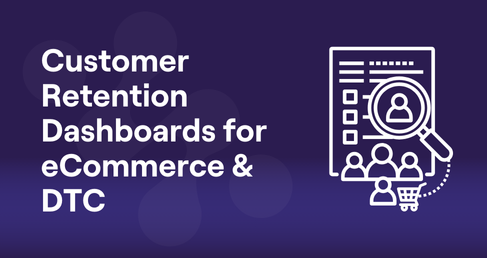
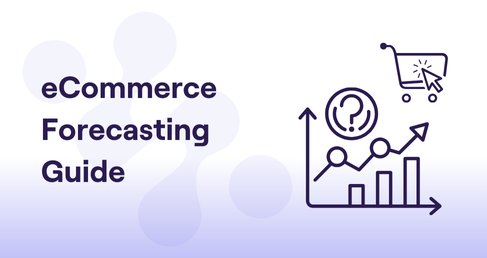
.png)


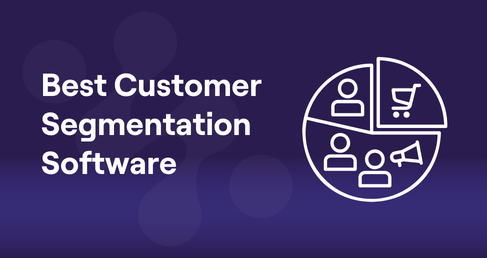
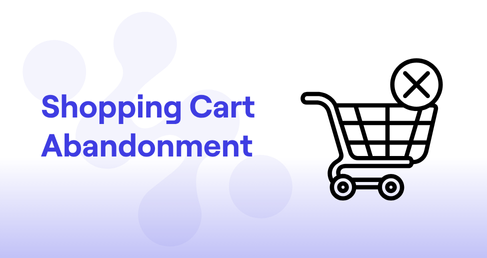
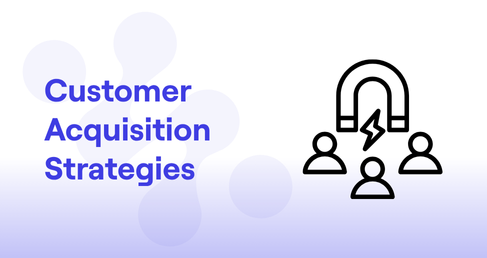
.png)
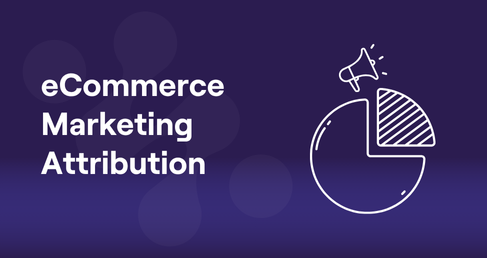
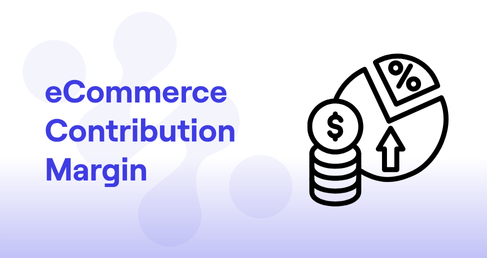



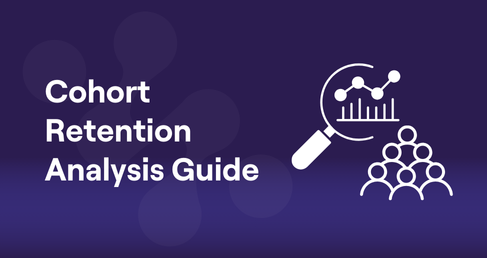
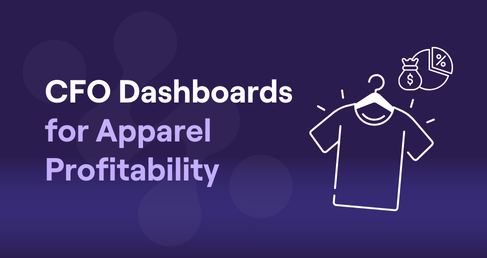

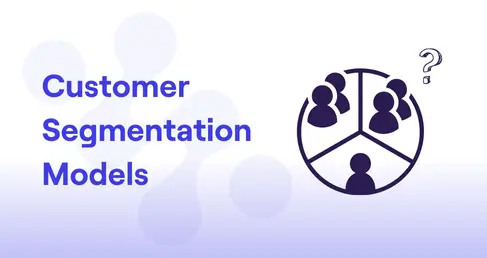
.webp)

.avif)


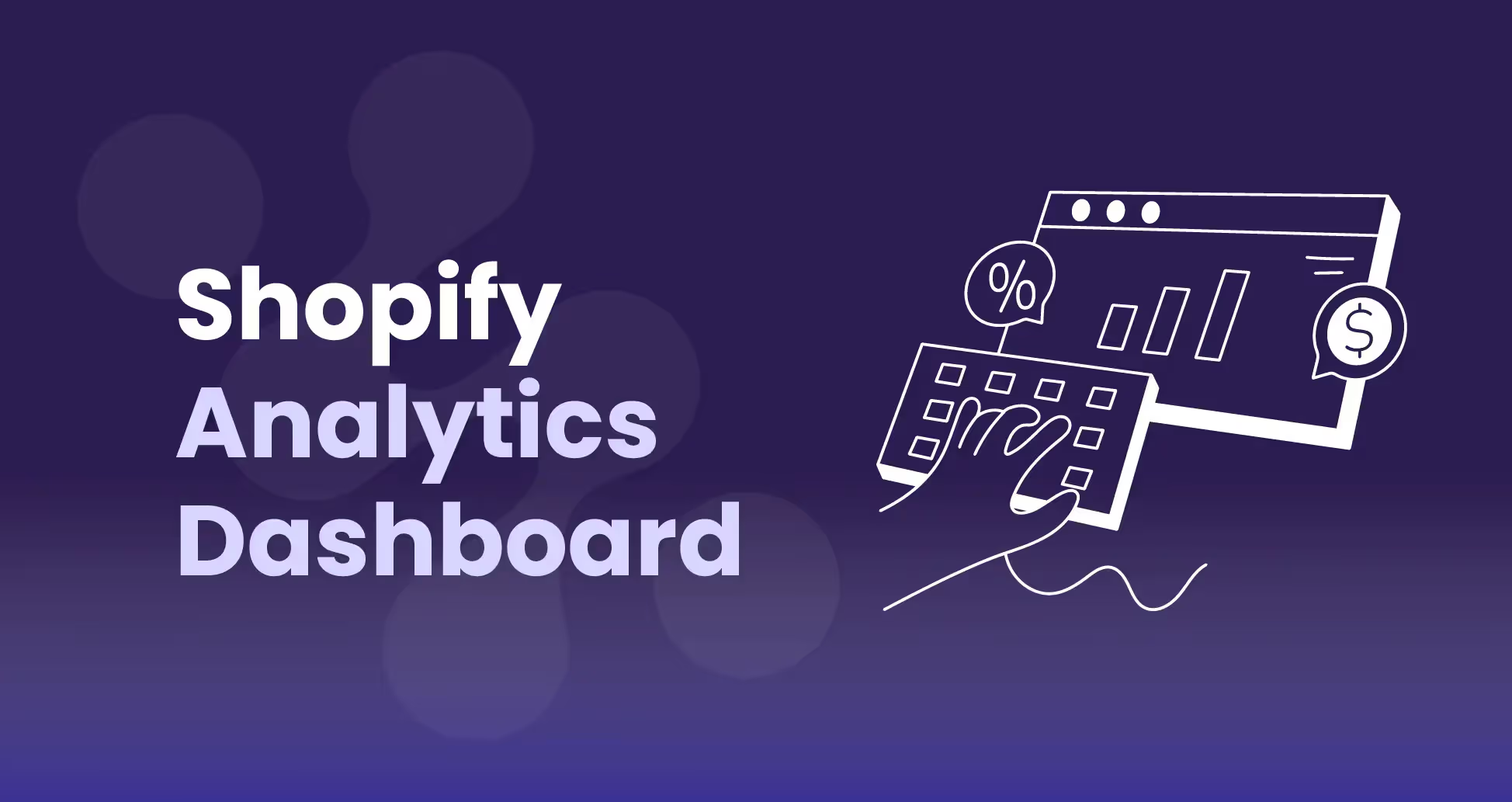
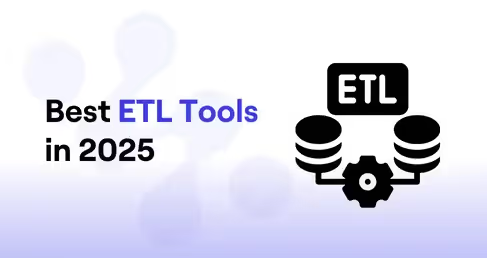
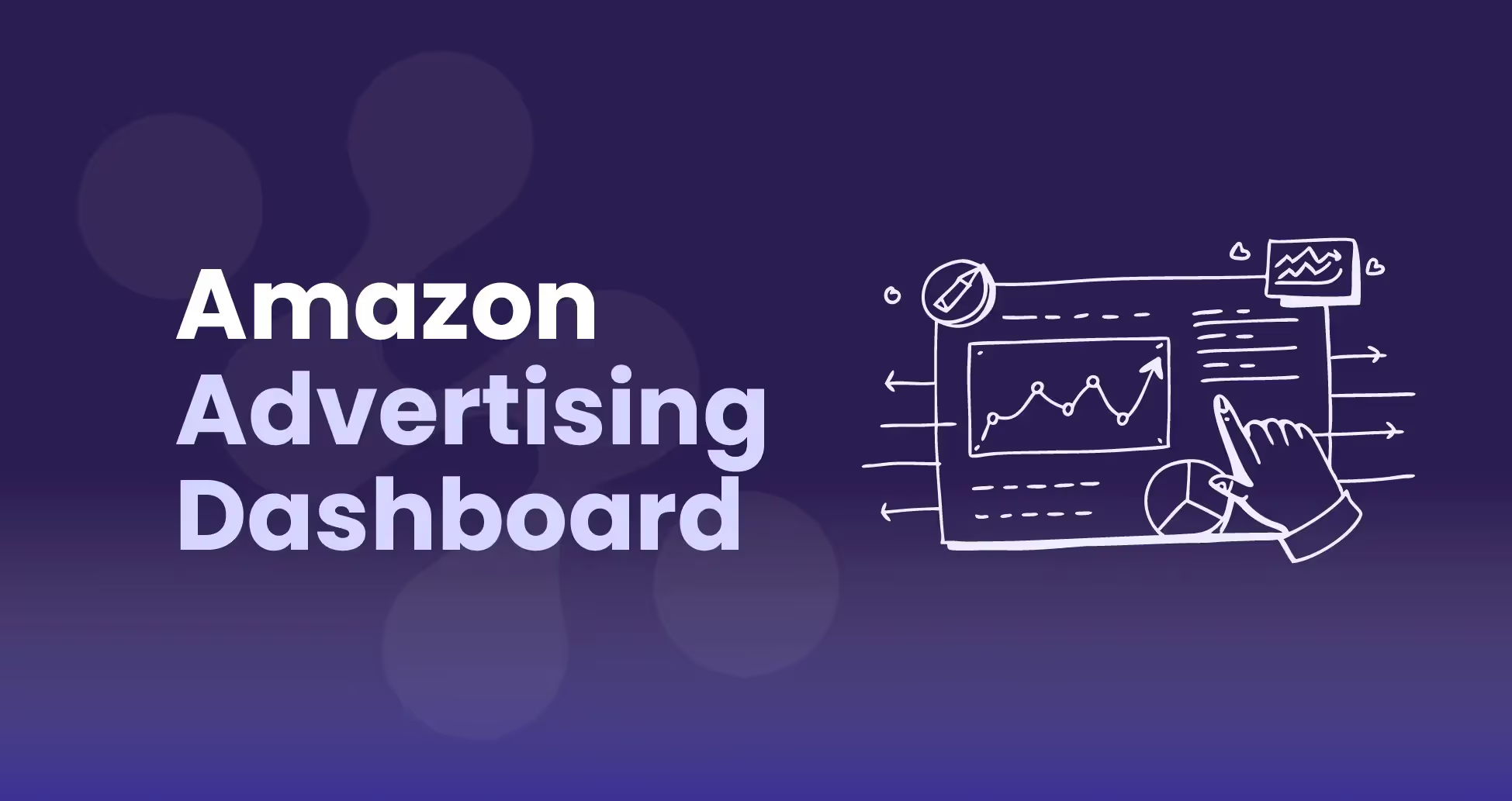

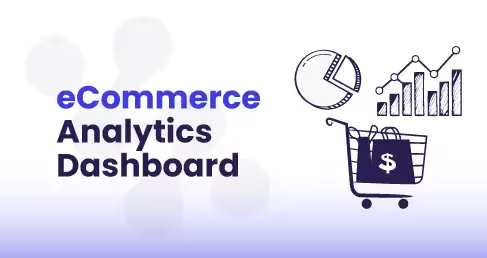
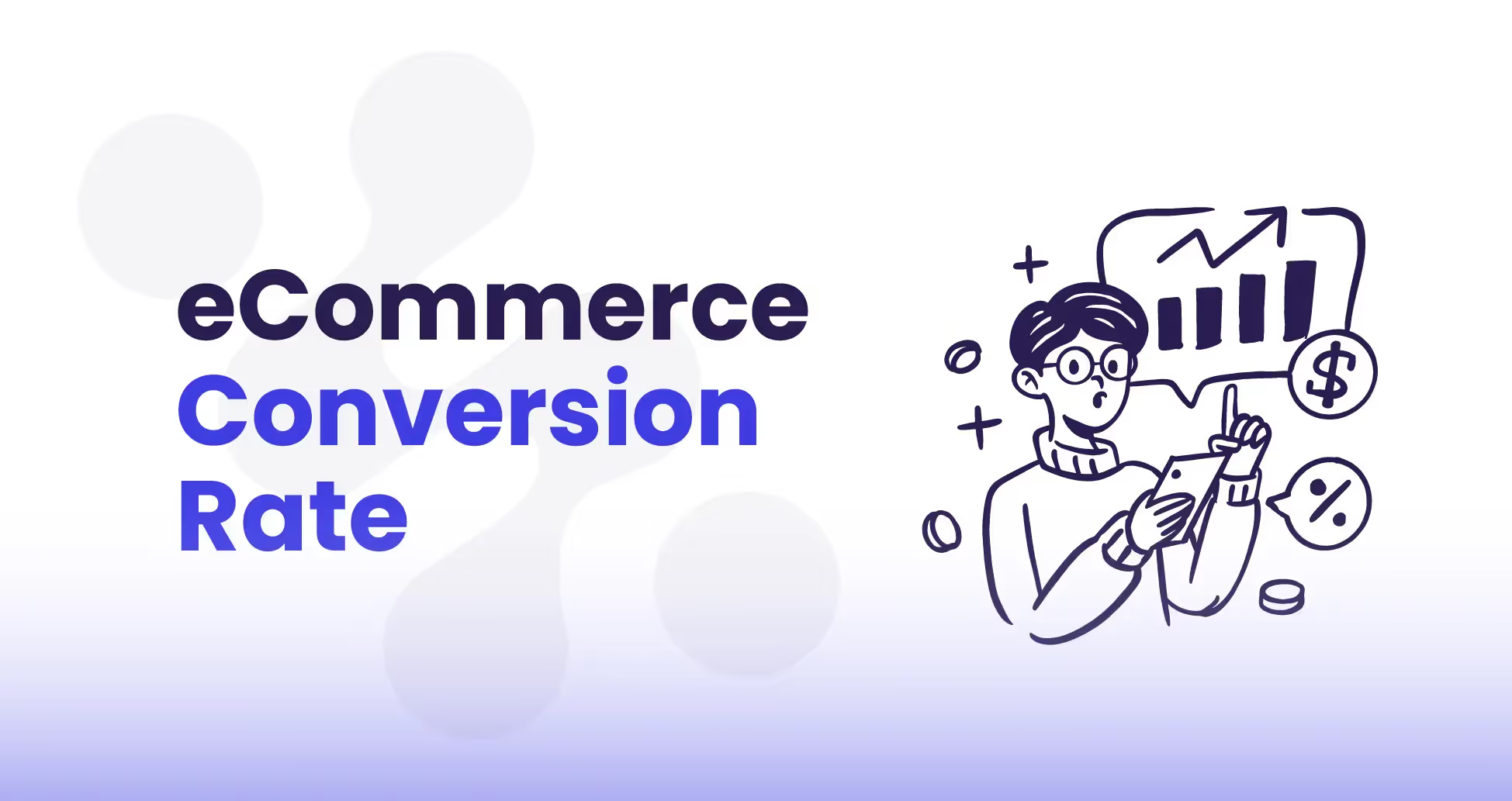
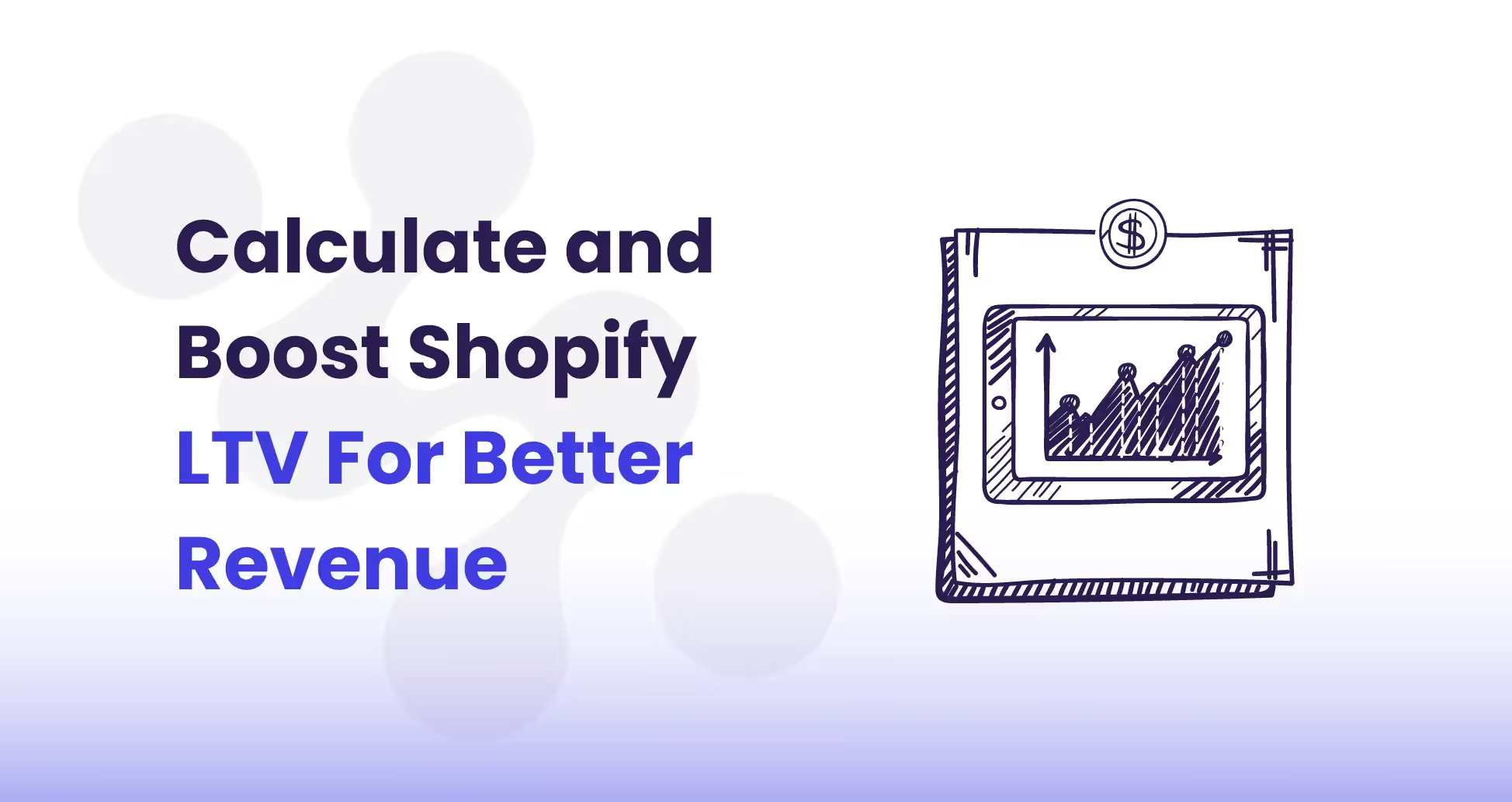
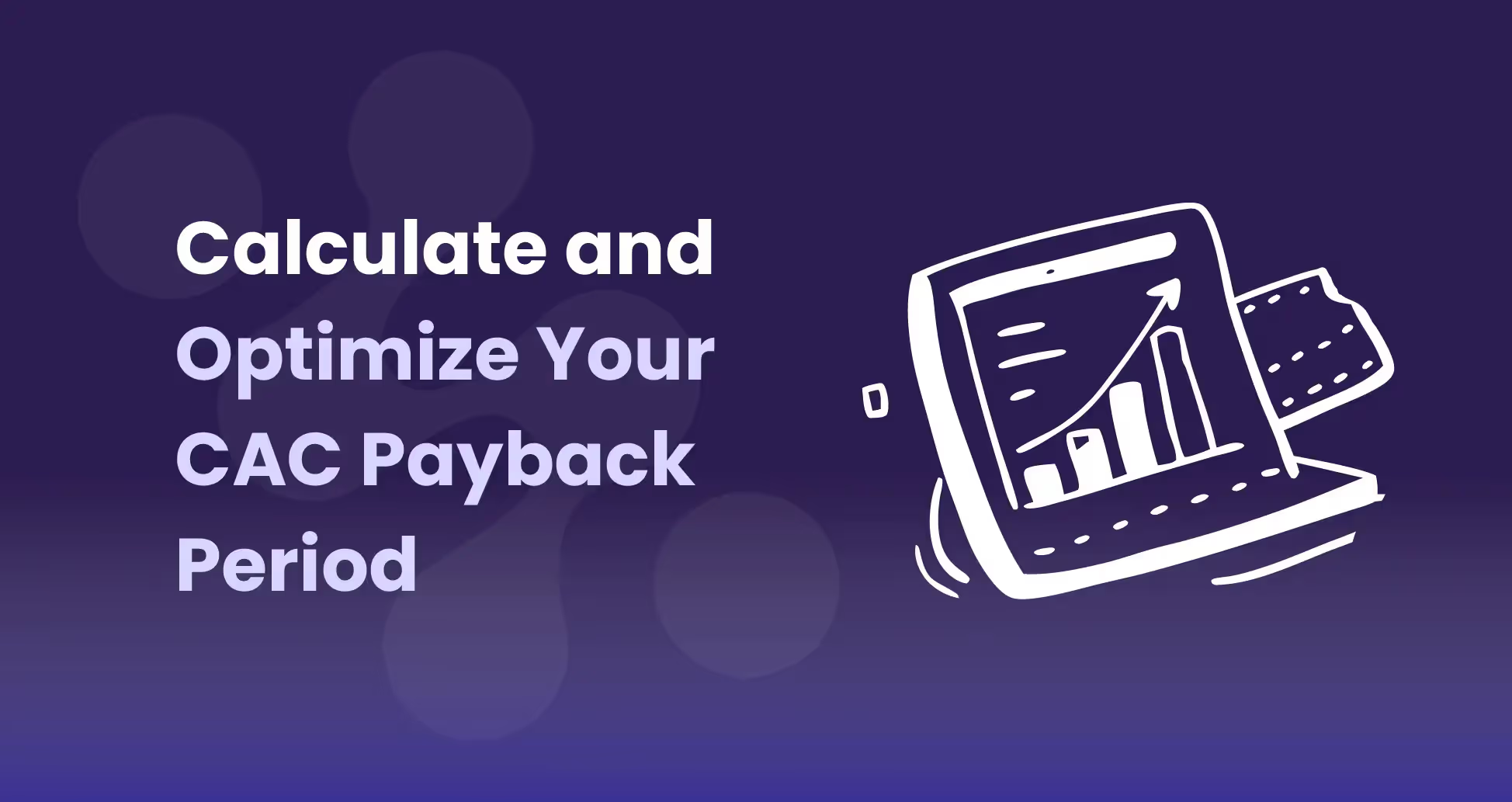
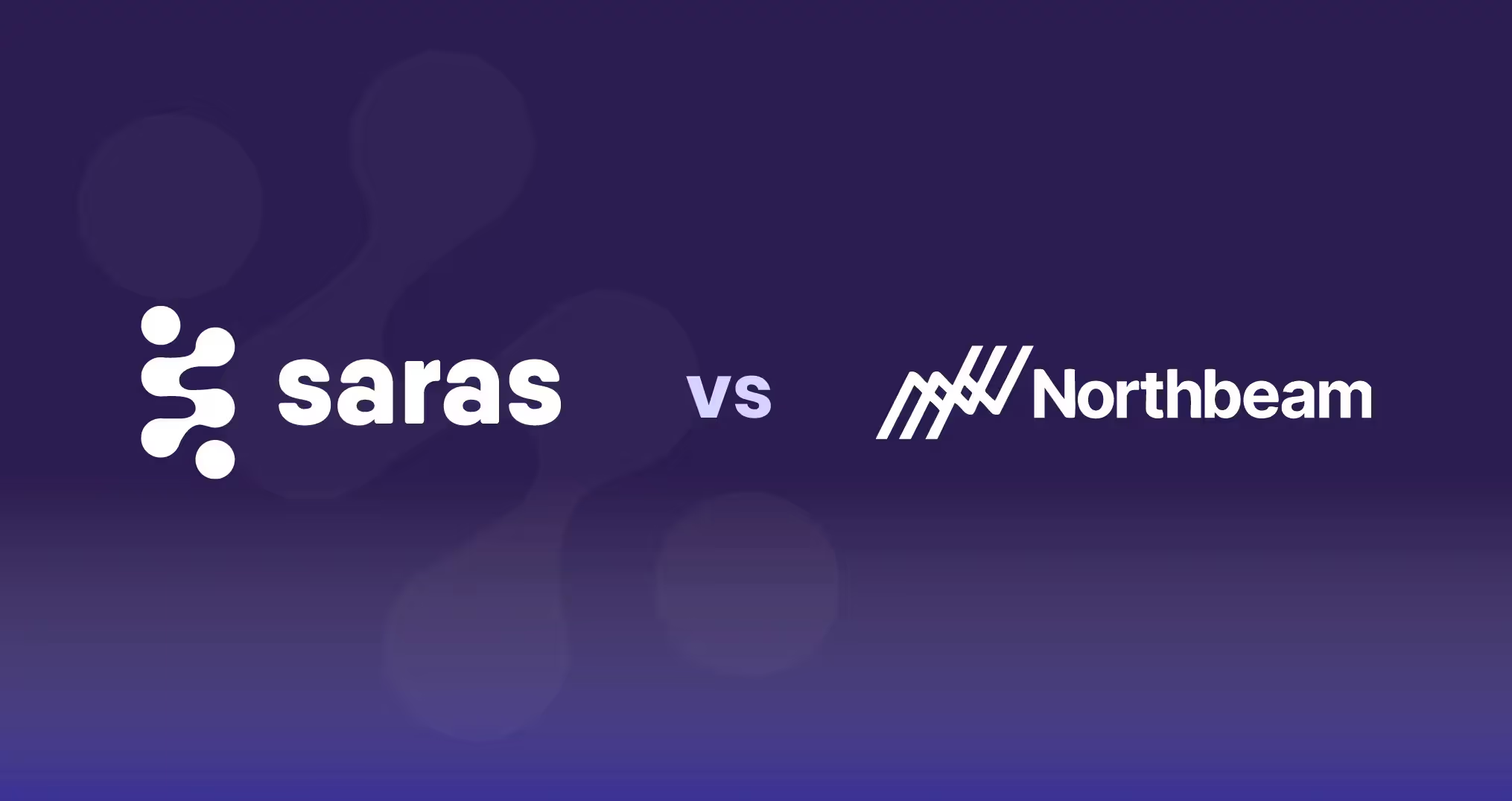
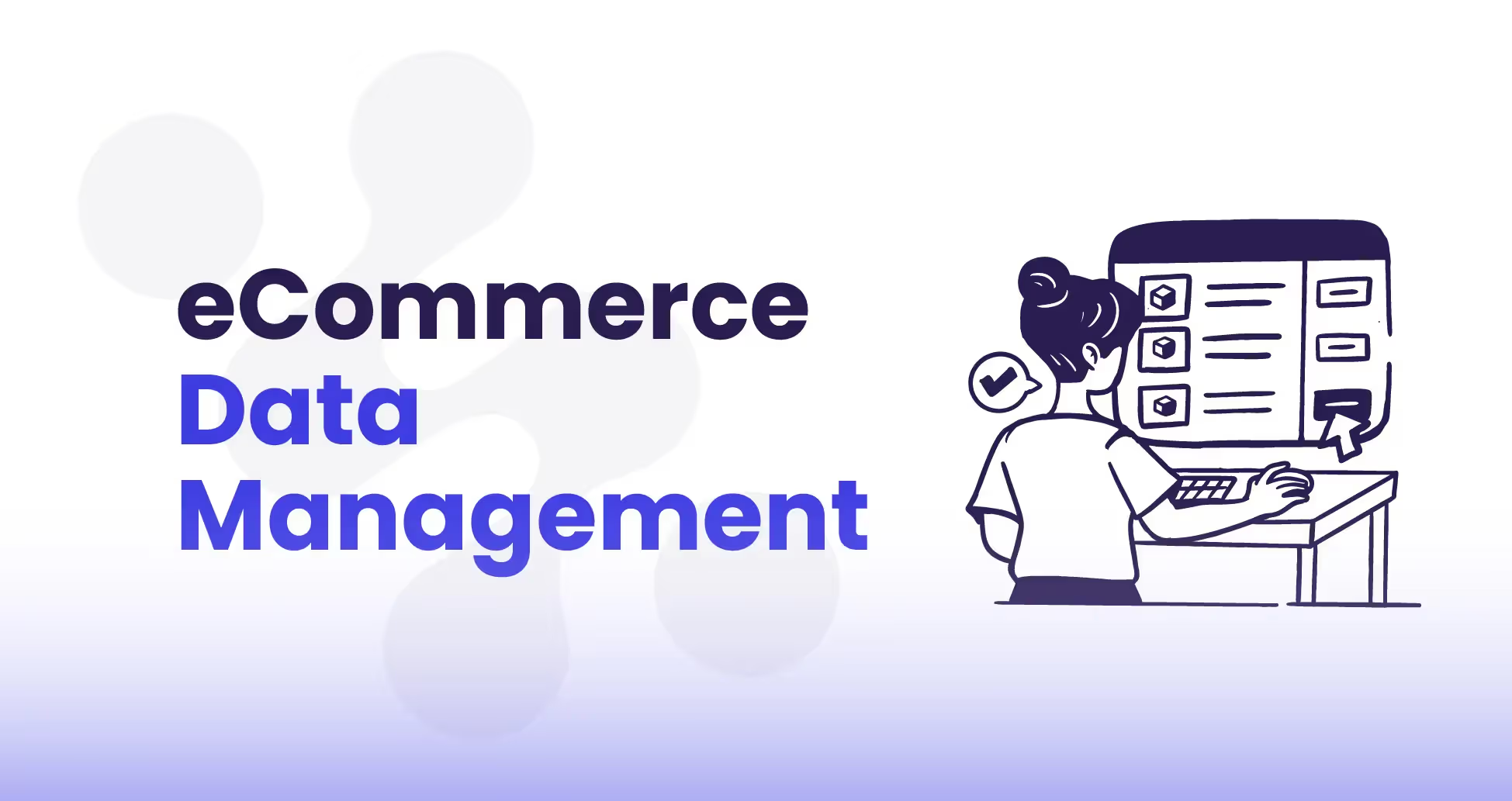
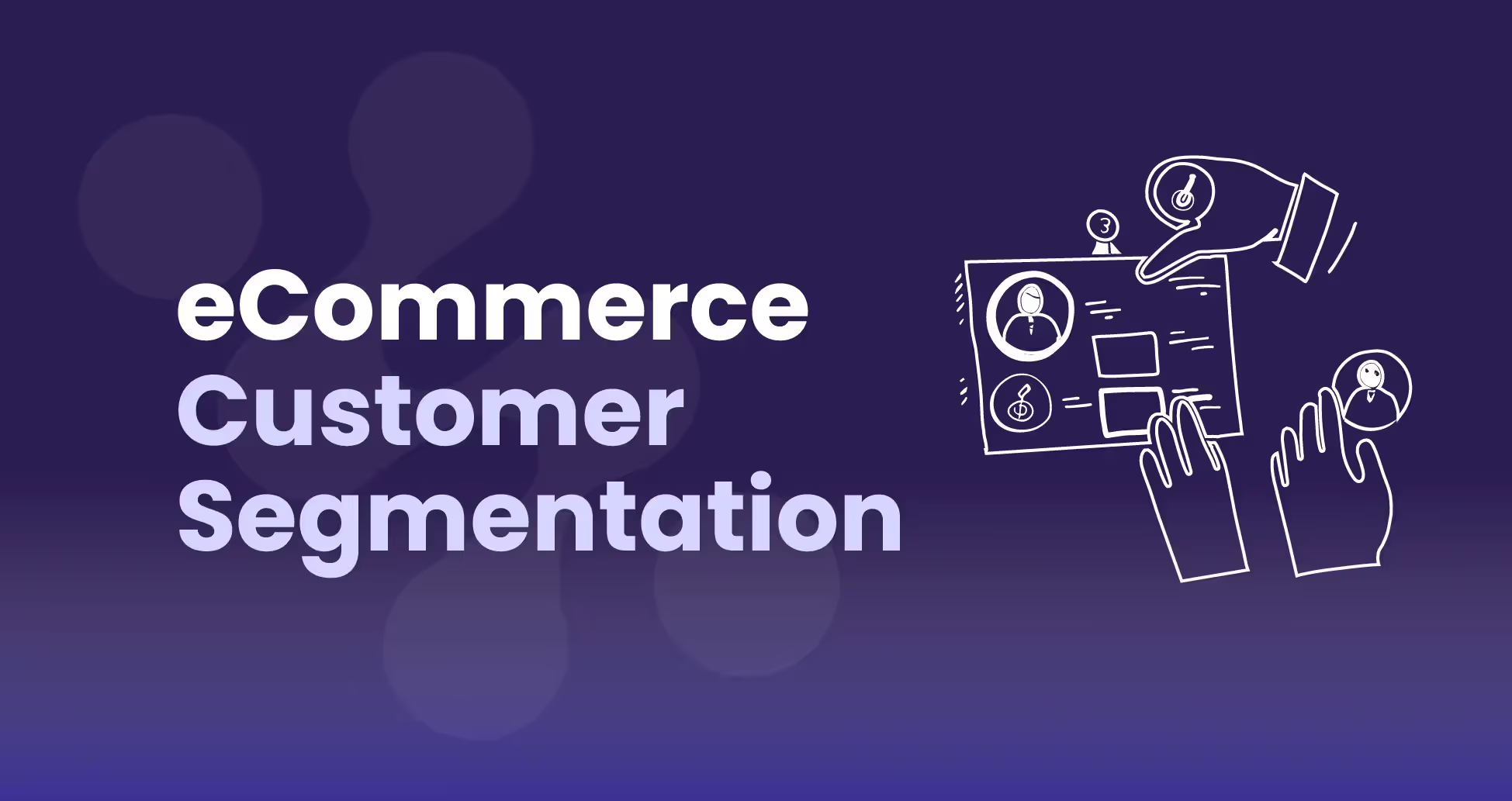

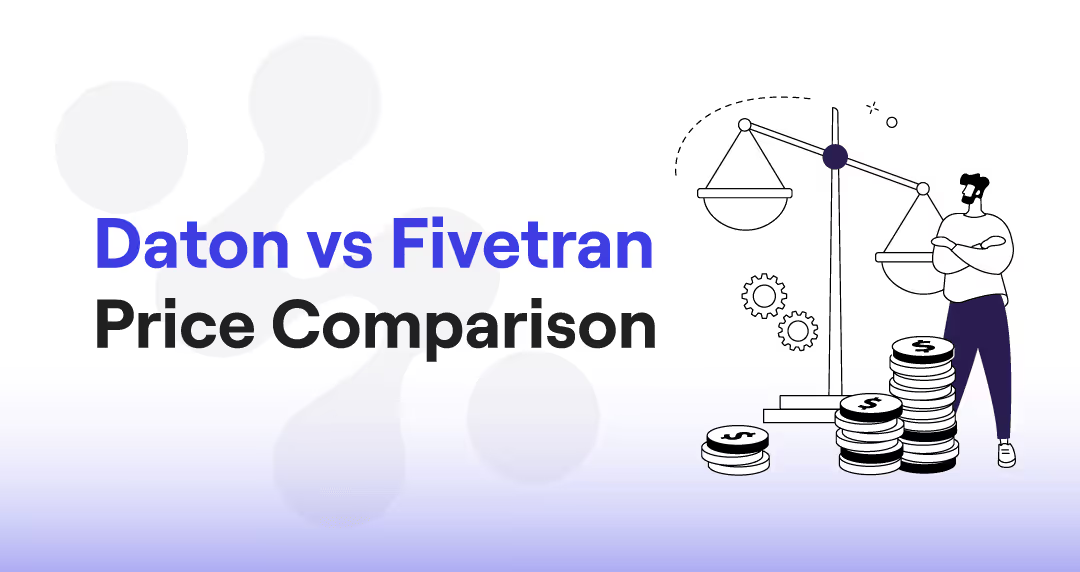
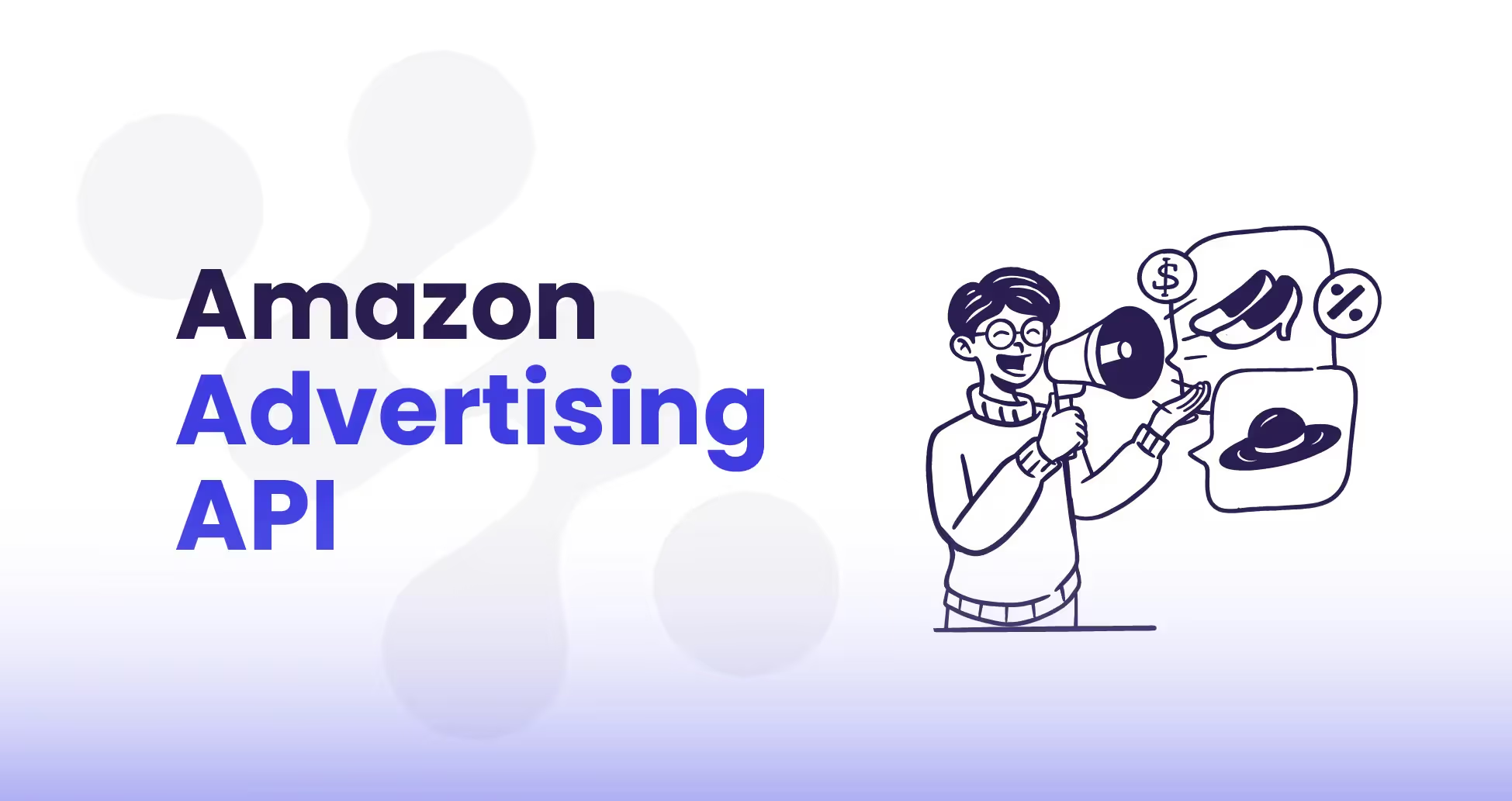
.avif)

.avif)
.avif)
.avif)
.avif)
%20(1).avif)
.avif)
%20(1).avif)
%20(1).avif)





.avif)




.avif)

